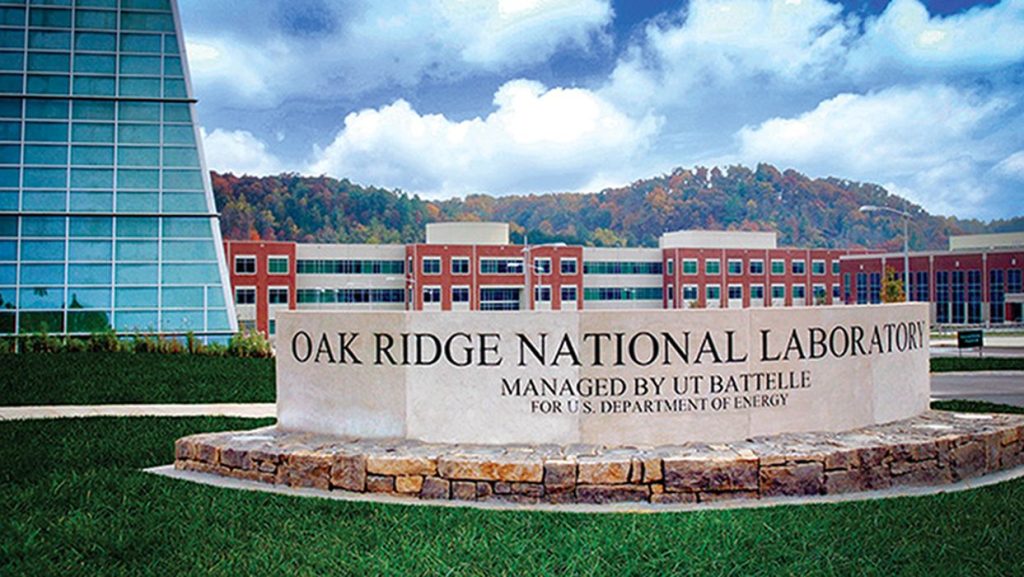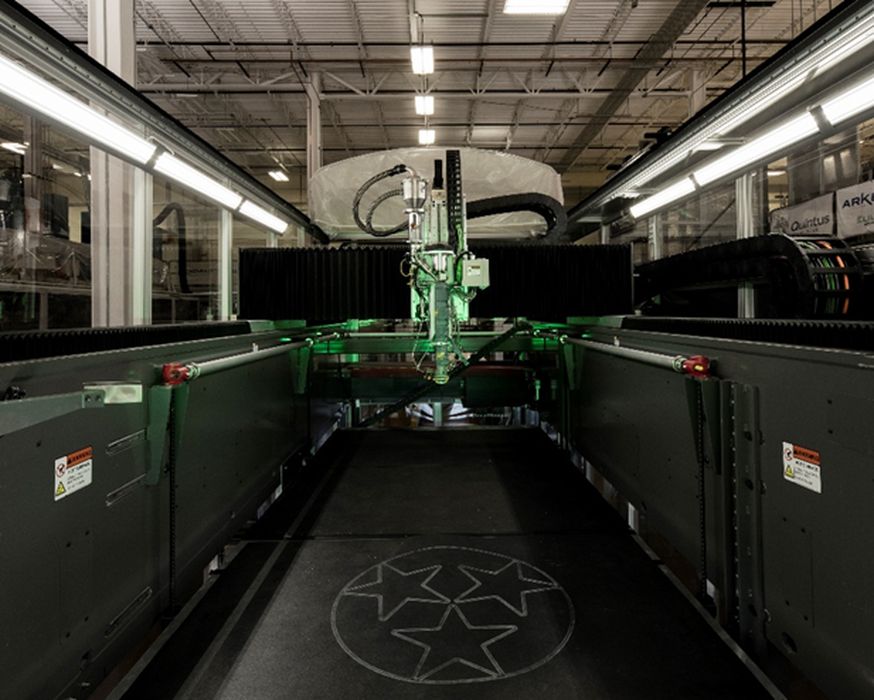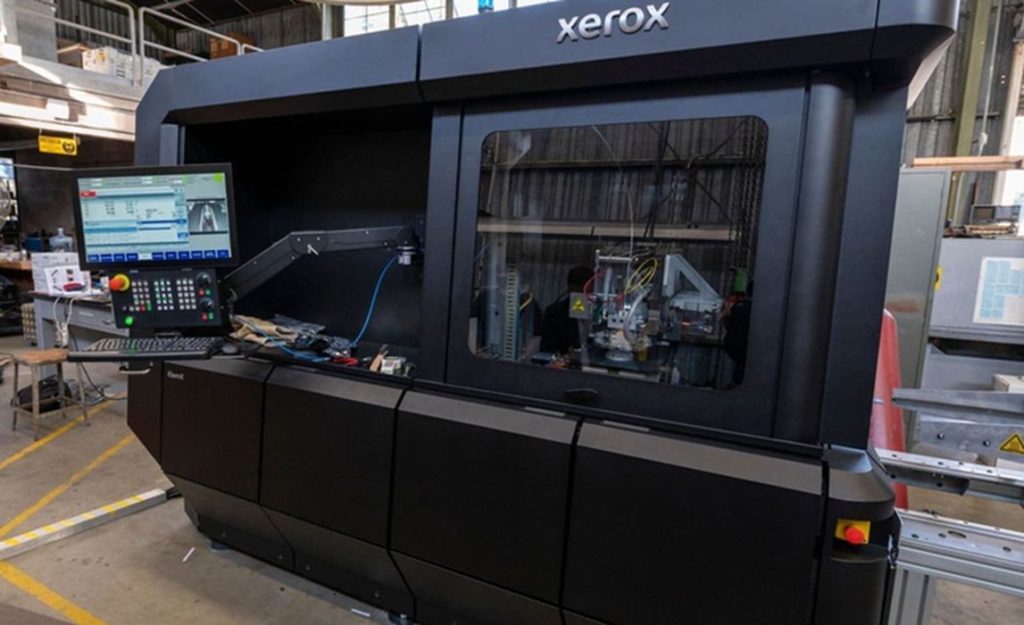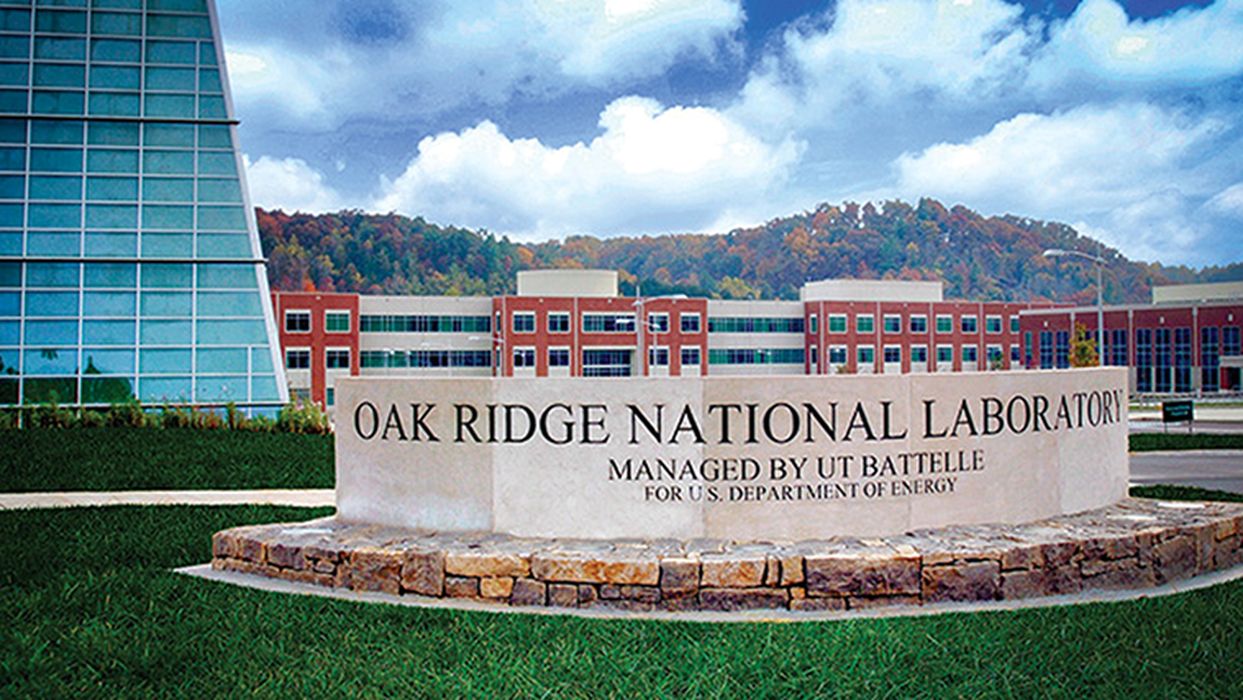
Charles R. Goulding and Preeti Sulibhavi look at a change at ORNL.
Oak Ridge National Laboratory (ORNL), America’s largest science and energy lab, is not run by some elite insider. Not even close. In fact, for the last 35 years, it has been run by an Indian immigrant with a mechanical engineering degree, who came to the US with US$8 in his pocket, and the American dream firmly lodged in his mind. That man is Thomas Zacharia.

A December 2nd, 2022 Wall Street Journal article covered Zacharia’s meteoric rise and his impending retirement at the end of this year as well. A great deal of ORNL’s work now involves safeguarding the country’s energy security and guiding the nation’s smooth transition to cleaner fuels. According to Zacharia, “The next decade or so is going to be pivotal,” and he lauded the Inflation Reduction Act (IRA) for providing the funding and resources necessary to make cleaner power more cost-effective.
ORNL’s Advanced Manufacturing Program sponsors the Manufacturing Demonstration Facility, which is the nation’s only large-scale, open-access facility for rapid demonstration of early-stage R&D manufacturing technologies such as 3D printing.

Xerox Elem Additive Solutions has installed an ElemX 3D metal printer at the Manufacturing Demonstration Facility at ORNL. ElemX is a liquid-metal additive manufacturing technology that uses aluminum wire as the feed stock. It is easily deployed and requires no special facility modifications for operation. Unlike many metal 3D printing technologies, parts made with ElemX require minimal post-processing.
The Research & Development Tax Credit
The now permanent Research and Development (R&D) Tax Credit is available for companies developing new or improved products, processes and/or software.
3D printing can help boost a company’s R&D Tax Credits. Wages for technical employees creating, testing and revising 3D printed prototypes can be included as a percentage of eligible time spent for the R&D Tax Credit. Similarly, when used as a method of improving a process, time spent integrating 3D printing hardware and software counts as an eligible activity. Lastly, when used for modeling and preproduction, the costs of filaments consumed during the development process may also be recovered.
Whether it is used for creating and testing prototypes or for final production, 3D printing is a great indicator that R&D Credit eligible activities are taking place. Companies implementing this technology at any point should consider taking advantage of R&D Tax Credits.
Conclusion
It is not every day we see someone achieve the American Dream through hard work and perseverance. Thomas Zacharia’s achievements and life’s work are worth noting. The Lab’s contributions to 3D printing are numerous as ORNL has been integrating 3D printers in recent years. We wish Zacharia a happy retirement.

